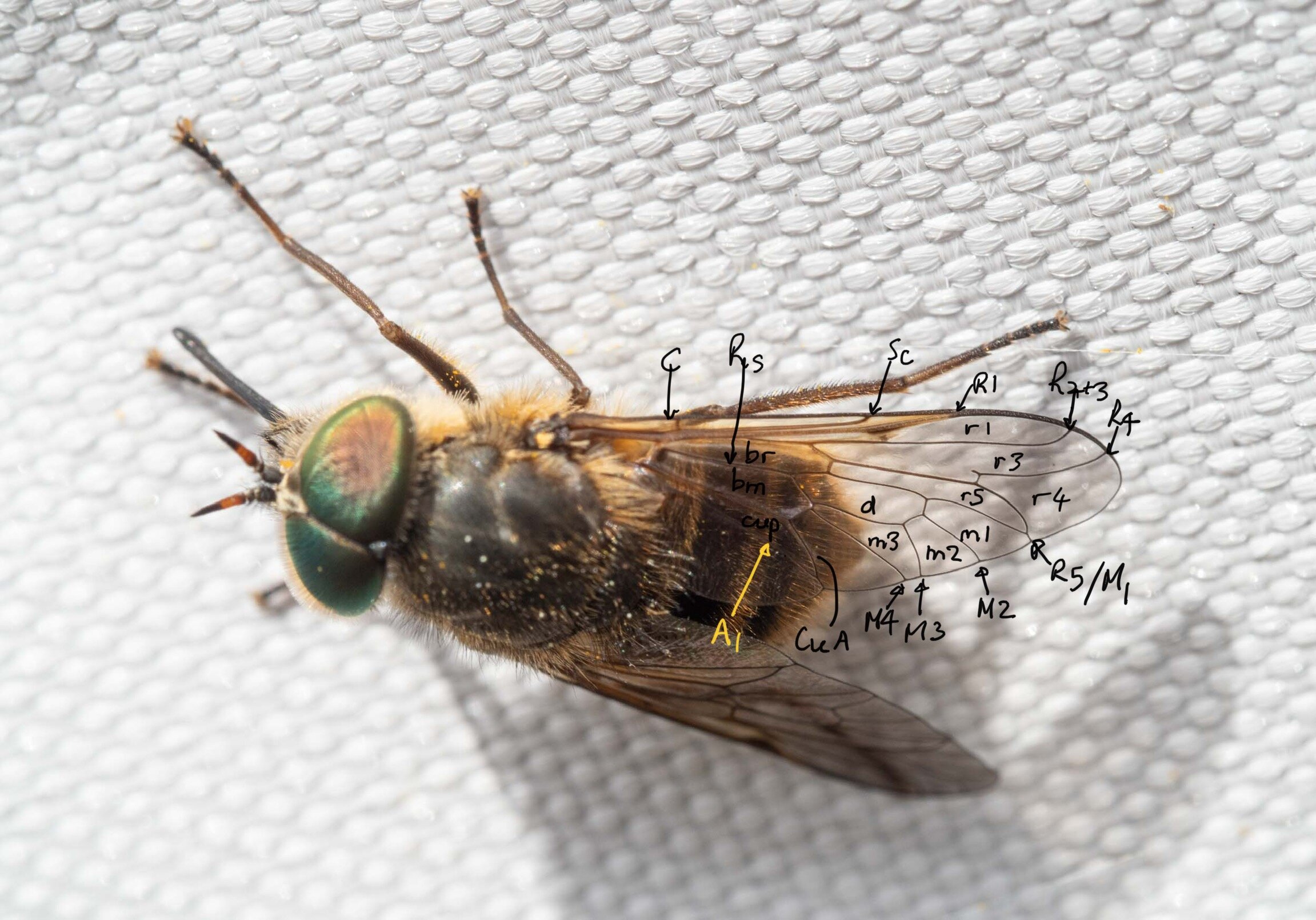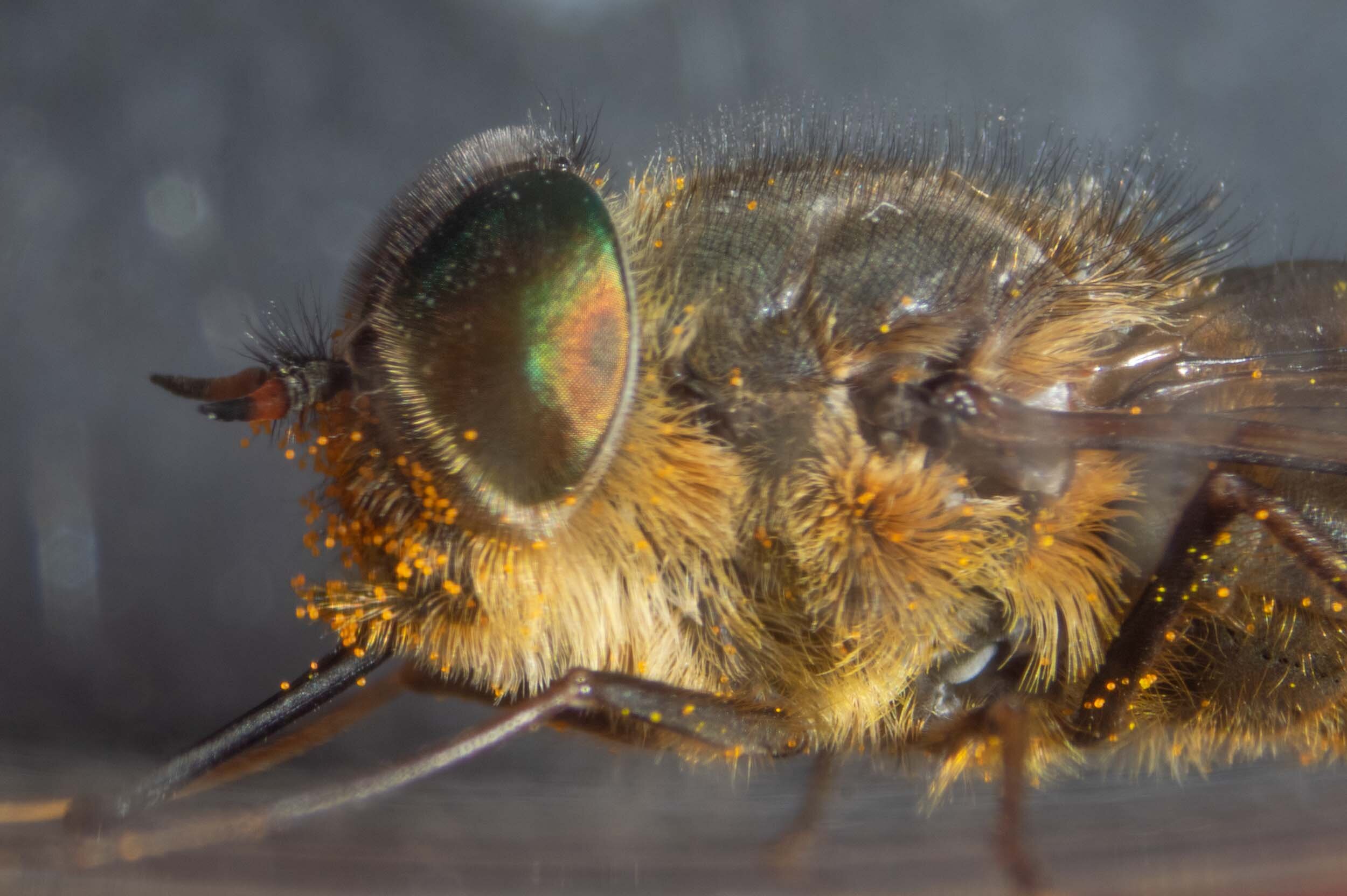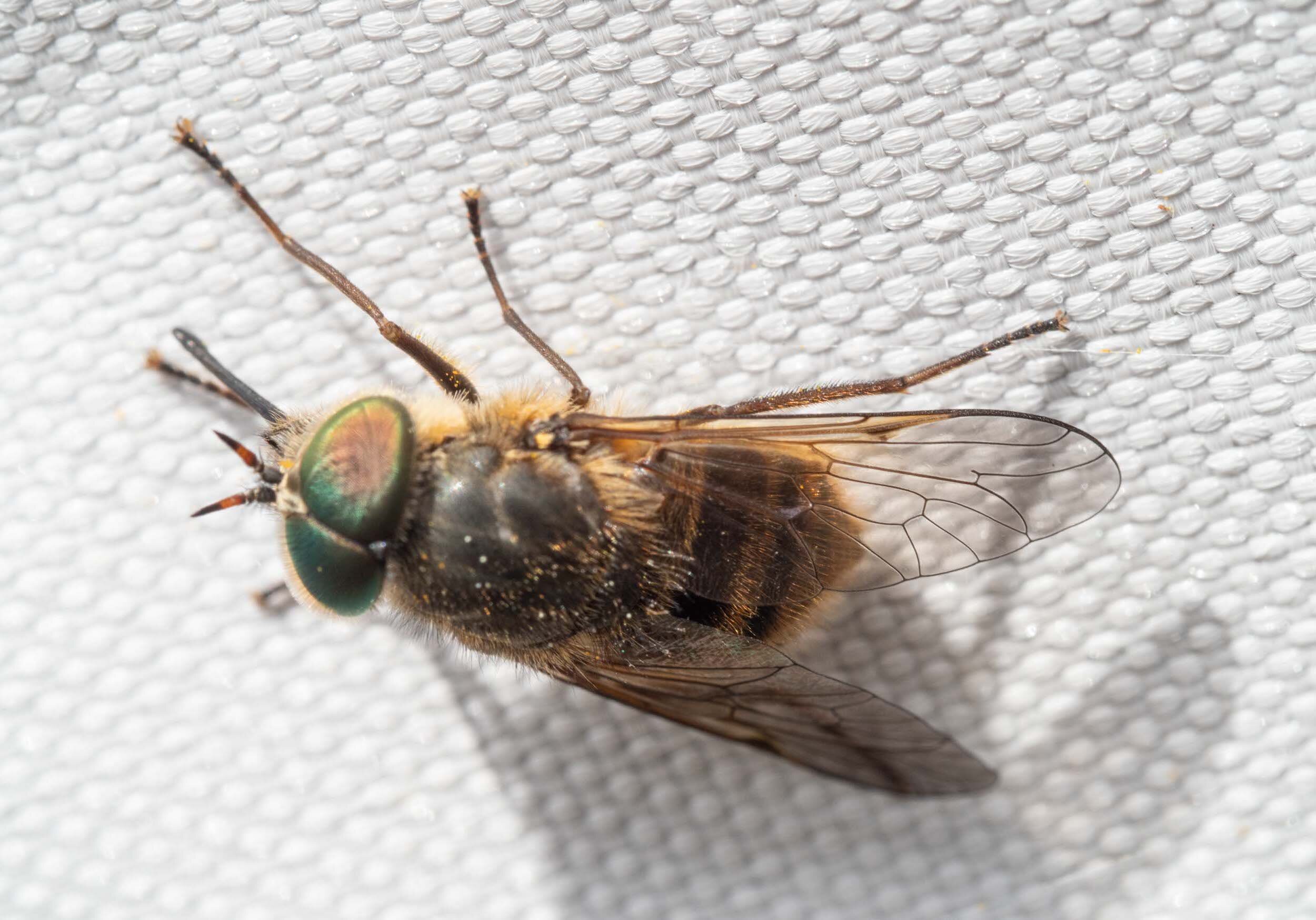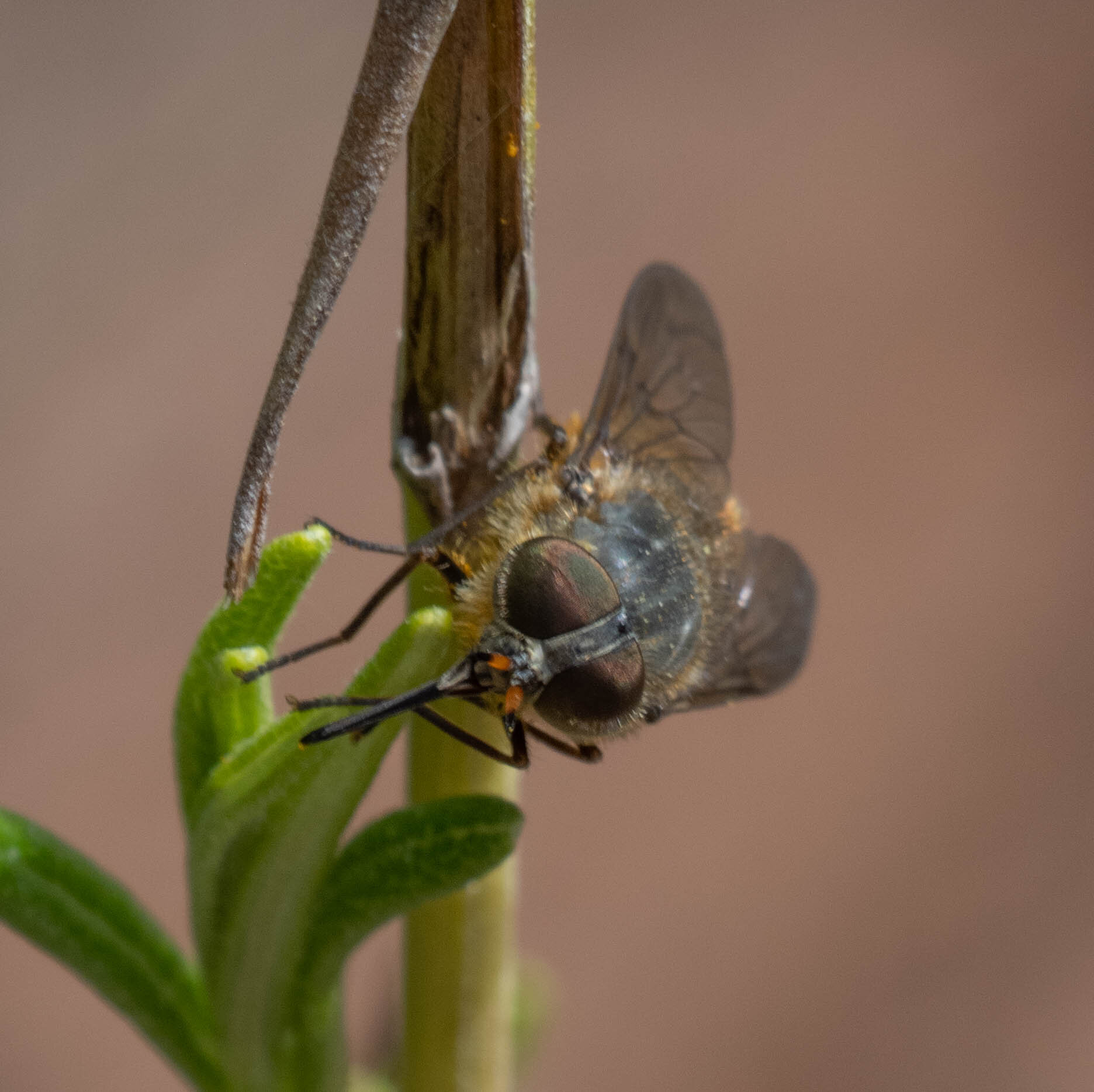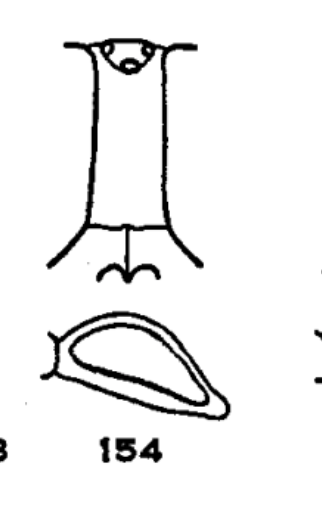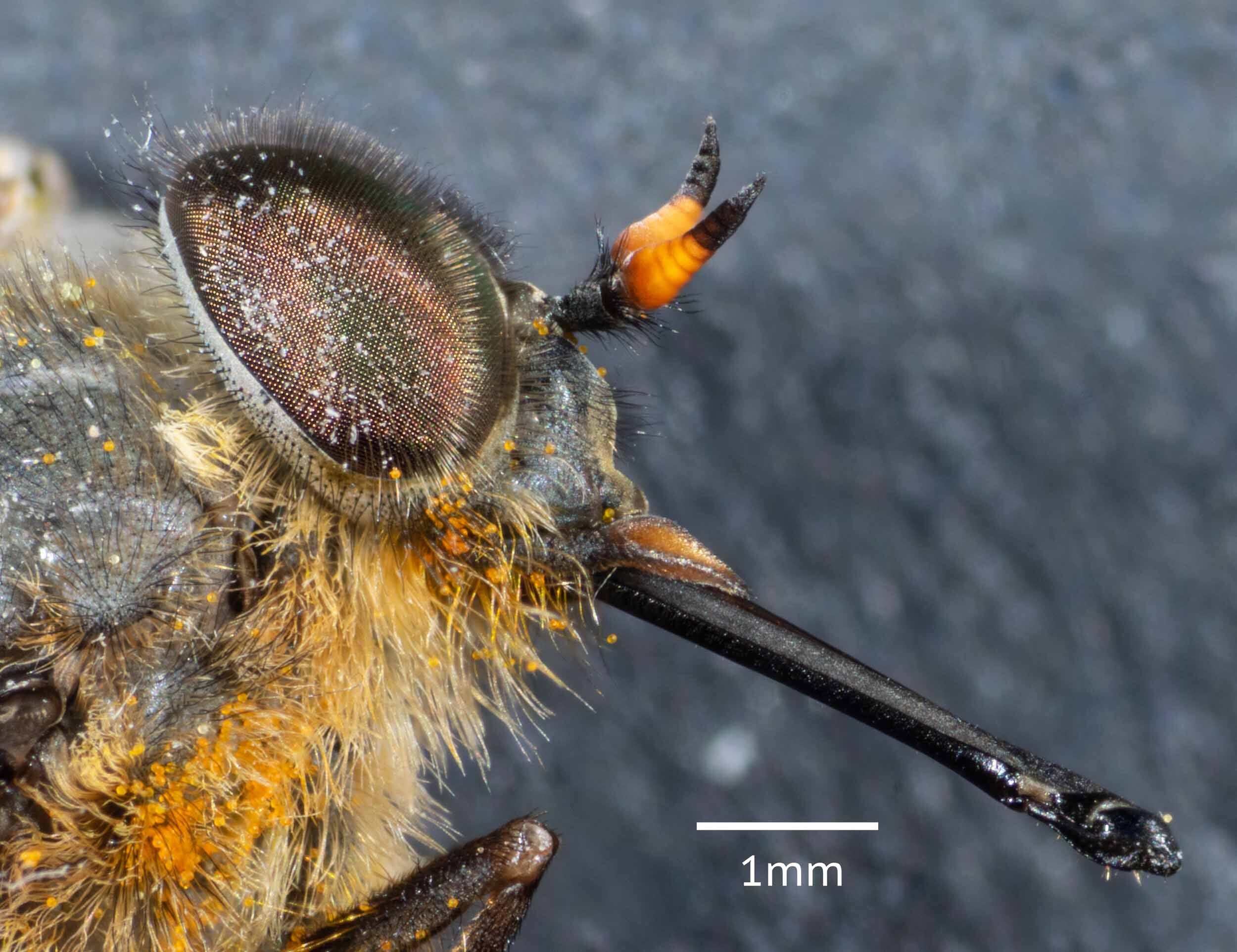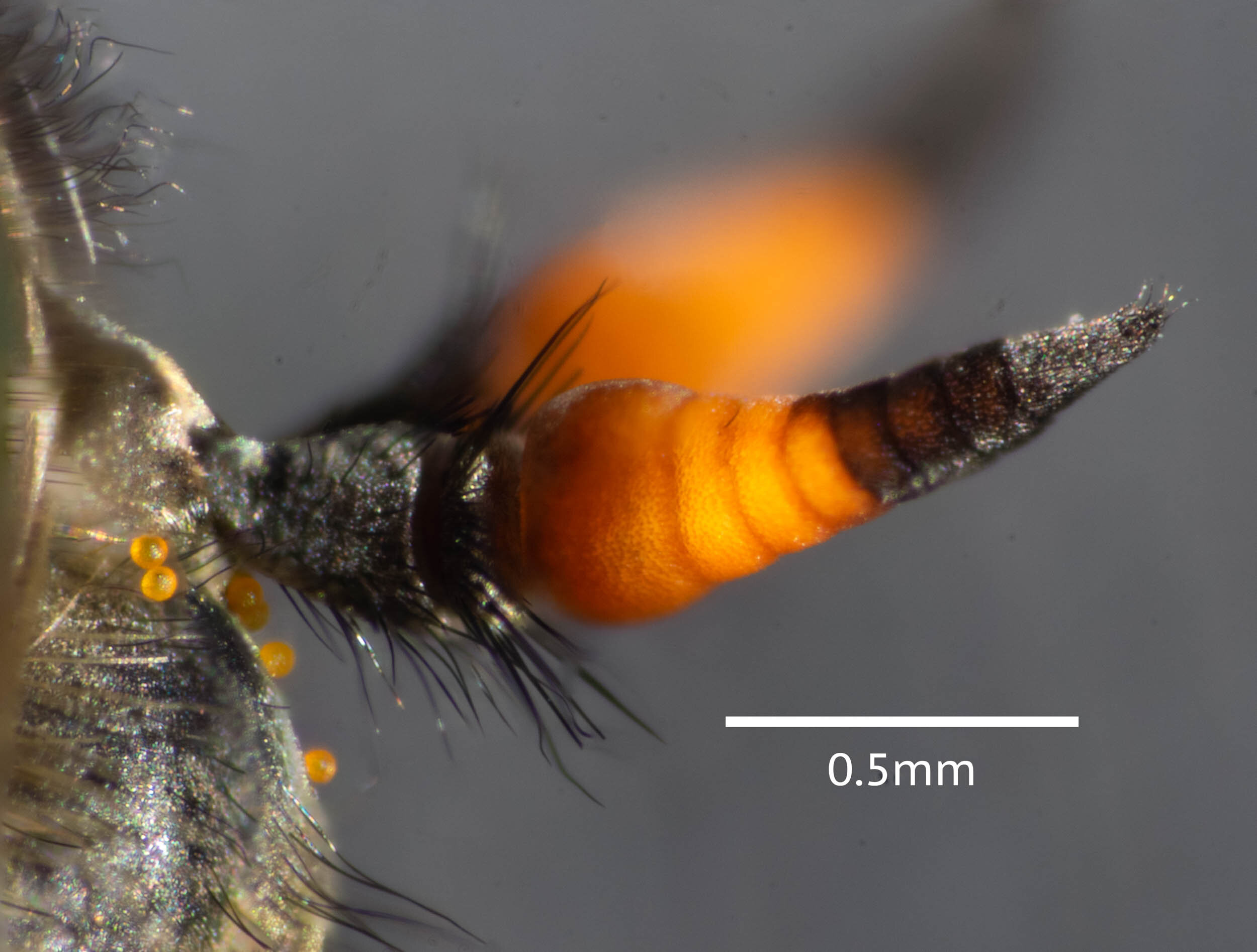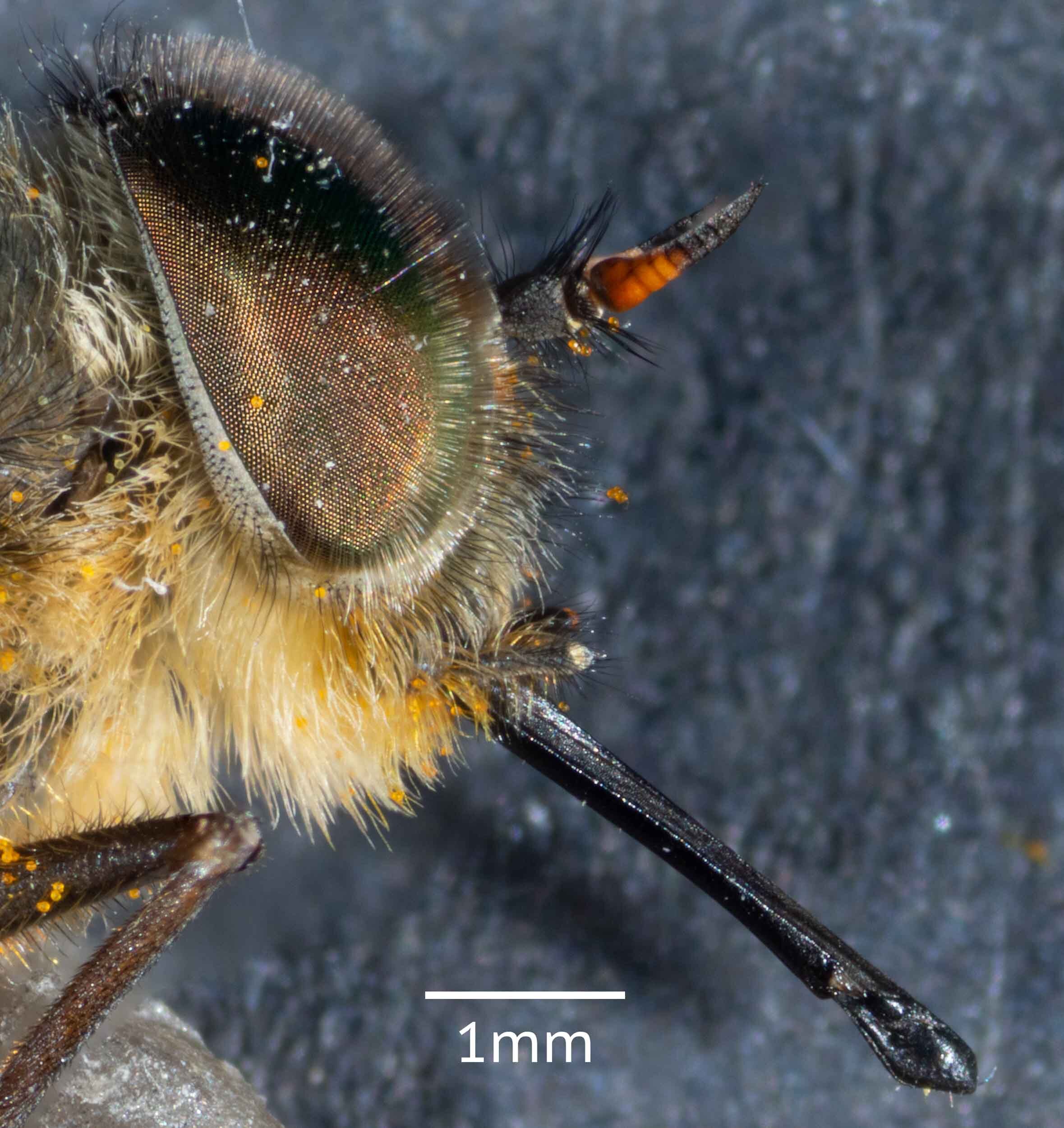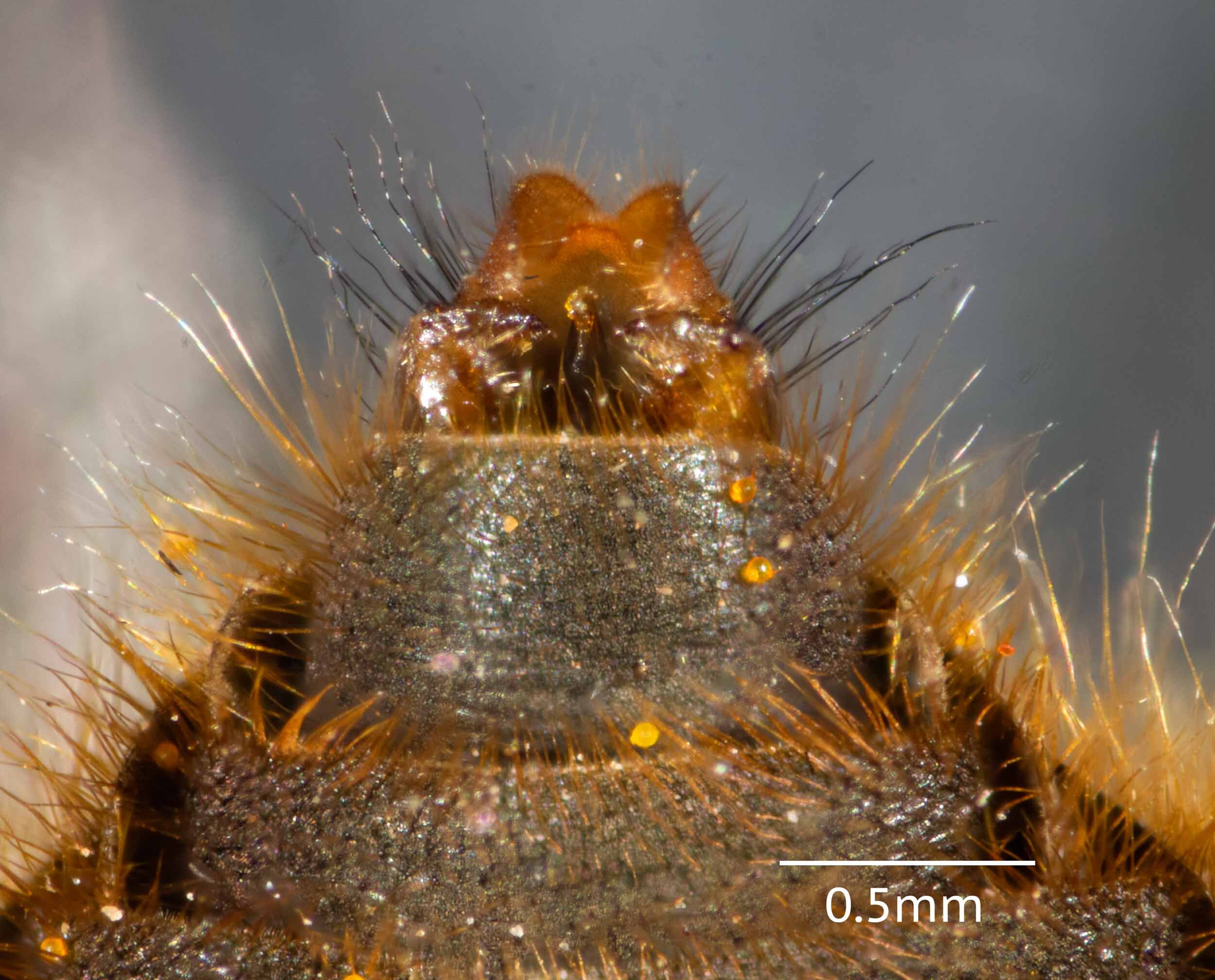Tabanidae; Scionini; Myioscaptia calliphora

Workbook
Several male tabanid flies were observed hovering for long periods over a patch of gravel on northern side of garage in September 2021. When another male approached, the existing male attempted to drive it off.
Photographed on September 8 and posted on iNaturalist
29 September 2021
A single male fly was observed on the cover of a hose reel adjacent to the patch of gravel, apparently guarding this territory. It allowed me to approach very closely without flying off.
I captured this fly and photographed it inside with my macro lens and under the Tessovar. Its body measured 10mm in length.
I found an exact match for the venation of this fly - Scaptia (Myioscaptia) calliphora - in Mackerras 1960 The Tabanidae (Diptera) of Australia III. Subfamily Pangoniinae, Tribe Scionini and Supplement to Pangoniini. Aust. J. Zool. 8. 1-152.
– Compare Fig. 13 below from that paper with venation on this male fly (Figs. 5, 14).
Myioscaptia was elevated to genus level by Lessard and Yates 2013 Zootaxa 3680, 118-129. New Australian species of the hairy-eyed horse fly subgenera Scaptia (Myioscaptia) Mackerras, 1955 and Scaptia (Scaptia) Walker, 1850 (Diptera: Tabanidae).
On 30/9/21 I saw a female resting on the rosemary bush next to the gravel patch frequented by the male flies (Fig. 15). It was quite passive and did not attempt to fly away as I approached it.
I photographed it in situ then captured it and placed it in the freezer. The following gallery shows macro images of this female.
The following characters in these images match descriptions of Myioscaptia and Myioscaptia calliphora taken from Mackerras (1960) and Lessard and Yates (2013).
length 10mm (Fig. 22)
rotund, muscoid-like (Figs 15, 22)
scutum covered with tomentum, somewhat shining, dark slate blue to greyish with indications of pale grey dorsocentral lines and grey lateral margins (Fig. 22)
abdomen with golden hairs, densest towards apex (Fig. 22)
antennae: 1st segment with dark grey tomentum and black hairs; 2nd dark brown, with black hairs; basal half of 3rd bright orange to reddish brown; sharply defined, strongly contrasting, black apical 3 annuli of 3rd antennal segment (Fig. 19, 20)
palpi very short; 1st segment blackish with dull yellowish cream hairs; 2nd segment flattened, usually broadly leaf-like in lateral view, with moderately large bare area, with well marked brown to yellowish fawn concavity and short black hairs (Fig. 17, 18 cf. Fig. 16)
dark to blackish brown legs (Fig. 15)
frons relatively wide, dark greyish brown, fawn grey along eye margins with long dark brown and some creamy yellow hairs (Fig. 20); parallel sided frons (Fig. 20 cf. Fig. 16)
wings clear without marbling with prominent stigma. Strong appendix to R4 and closed, petiolate cell R5, cell M3 open (cf. Fig. 21 cf. Fig. 13)
proboscis less than one and a quarter times head height, usually slender, with small, firm labella (Fig. 17)
eyes with dark brown hairs above, paler below (Fig. 17).
I captured another male fly which was patrolling the same gravel patch on 29/9/21 and placed it in the freezer for macrophotography.
The male fly matches the female fly in almost all of the key distinguishing features for Myioscapta calliphora. However its palps (Figs. 26, 27) are quite different - they are narrower and tubular, rather than being flattened and leaf-shaped. This accords with the male/female palp difference in Myioscapta violacea and other tabanid flies noted by Mackerras (1960).
This is a workbook page … a part of our website where we record the observations and references used in making species identifications. The notes will not necessarily be complete. They are a record for our own use, but we are happy to share this information with others.





